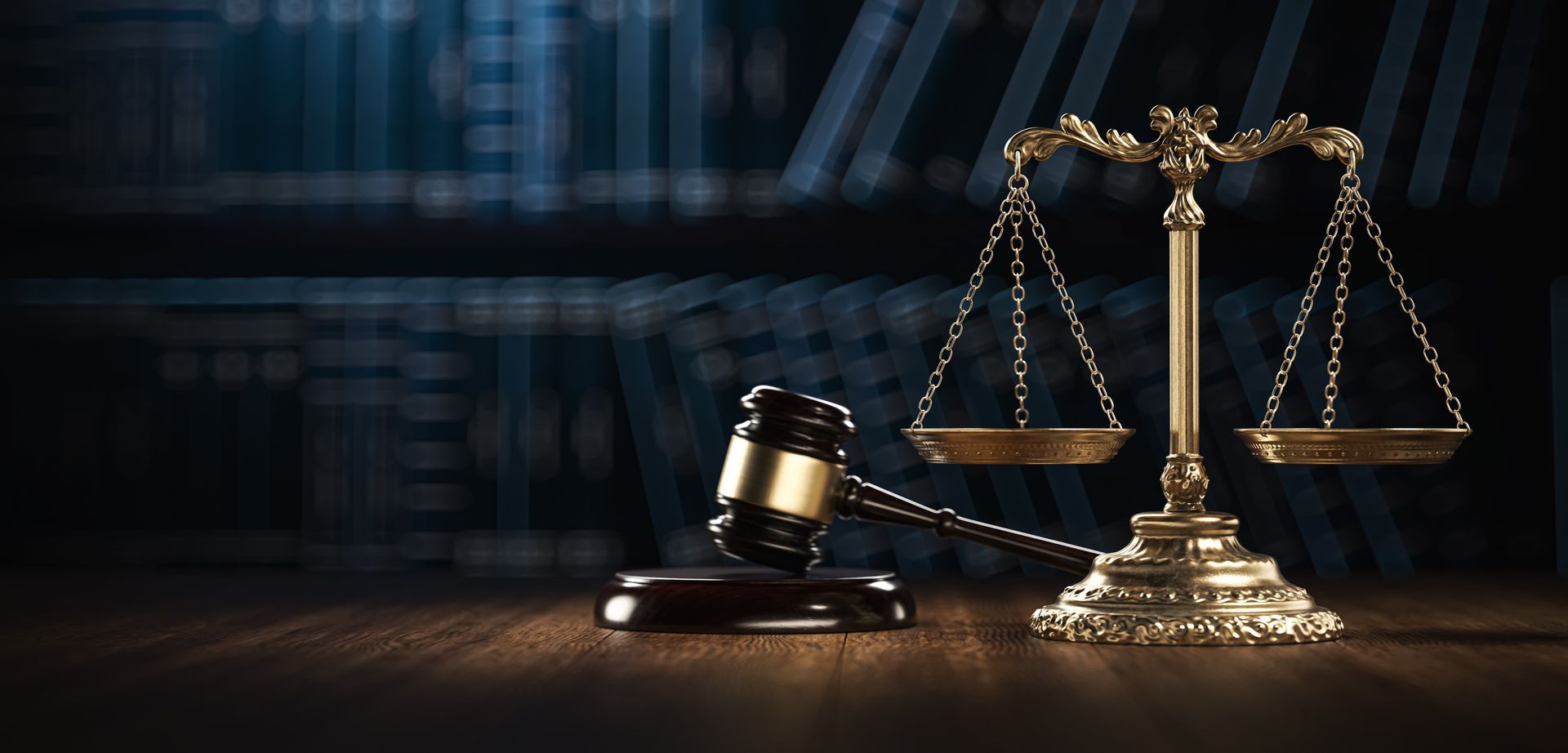What Are Alternative Dispute Resolution Options?
What Are Your Alternative Dispute Resolution Options?
Navigating the world of legal disputes can be daunting. But take heart; you're not alone, and there are options you can take. One such option is alternative dispute resolution (ADR), which can be a more efficient, peaceful, and cost-effective way to resolve conflicts.
John F. Bradley, Jr. Attorney at Law, I've been practicing civil litigation in San Jose and the San Francisco Bay Area since 1993, handling various civil matters including business disputes, breaches of contract, and commercial law issues. My strategy revolves around honesty, diligence, and a thoughtful approach. I believe that a methodical approach is key to successfully enforcing judgments, contracts, or Labor Commissioner Awards. If you're looking for an alternative resolution to your legal issue, reach out to my firm today for support.
What Is Alternative Dispute Resolution (ADR)?
Alternative Dispute Resolution, or ADR, is a collection of processes used to resolve disputes outside of traditional court litigation. Some forms can put control back in your hands, allowing you to actively participate in shaping the outcome of your dispute. ADR can be less adversarial, fostering a more collaborative environment for conflict resolution. The two main forms of ADR are mediation and arbitration.
Benefits of ADR
Choosing ADR over traditional litigation can provide several benefits. Here are some of the advantages to consider:
- Cost-effective: ADR can be less expensive due to fewer formalities and lower legal fees.
- Time-saving: Unlike court litigation, which can drag on for months or even years, ADR usually provides a quicker resolution.
- Confidential: ADR is a private process, helping you to maintain privacy and protect sensitive information.
- Flexible: ADR allows for customization according to your specific needs and preferences.
- Preserves Relationships: As ADR encourages open communication and collaboration, it can help in preserving relationships, particularly vital in ongoing business or personal interactions.
Whether your priority is cost-effectiveness, speed, confidentiality, flexibility, or preserving relationships, ADR provides a potential solution. It empowers you to take control and actively participate in resolving your disputes while fostering an atmosphere of collaboration and open communication. Consider ADR as a viable option for your conflict resolution needs.
What Is Mediation?
Mediation is an ADR process where a neutral third party, known as a mediator, facilitates communication between disputing parties. The mediator doesn't make decisions or impose solutions, but instead guides the parties towards a mutually acceptable agreement.
What Is Arbitration?
Arbitration, another form of ADR, involves a neutral third party or arbitrator who reviews evidence and arguments, then makes a binding decision. In contrast to mediation, where you have control over the outcome, arbitration results in a final and enforceable decision. The arbitration process includes agreement to arbitrate, selection of the arbitrator(s), may include discovery and the exchange of evidence, a hearing for the presentation of evidence, deliberation, decision-making, and enforcement.
What Is Med-Arb?
Med-Arb, or Mediation-Arbitration, is a hybrid approach that combines the elements of both mediation and arbitration. In this process, a dispute first goes through mediation, where a neutral third party (the mediator) facilitates discussion and tries to help the parties reach a mutually satisfactory agreement. If the mediation process cannot resolve all issues, then the dispute proceeds to arbitration. The same individual or a different one, acting as the arbitrator, makes a binding decision on the unresolved issues. This single, streamlined procedure provides a comprehensive solution for dispute resolution, offering the flexibility of mediation and the finality of arbitration.
What Is Conciliation?
Conciliation is another form of Alternative Dispute Resolution (ADR) that involves the intervention of a third-party conciliator. Much like mediation, the conciliator does not have the authority to make binding decisions. Instead, their role is to improve the dialogue between the two parties involved in the dispute, facilitate negotiations, and guide the parties towards a mutually agreeable solution.
Unlike mediators, however, conciliators may take a more proactive role in proposing solutions and influencing the outcome. Conciliation processes are often used in labor or community disputes, and are a valued method for their ability to maintain and potentially improve relationships between the disputing parties.
What Is Neutral Evaluation?
Neutral Evaluation, also known as Early Neutral Evaluation (ENE), is another form of Alternative Dispute Resolution (ADR). In this process, a neutral evaluator (usually a seasoned civil law attorney or retired judge with expertise in the subject matter of the dispute) is brought in by the disputing parties. The evaluator reviews the facts and evidence, hears the arguments from each side, and then provides an evaluation of the merits of the case.
This evaluation includes an assessment of the strengths and weaknesses of each party's position and a non-binding opinion on the likely outcome should the case go to trial. The aim of the neutral evaluation is not necessarily to settle the dispute, but to provide a realistic assessment that can help the parties move towards resolution. It's particularly beneficial in complex cases where parties need clarity on the legal and factual issues at stake.
Understand the Power of Alternative Dispute Resolution
Navigating legal disputes can be challenging, but remember, you're not alone. With my expertise and commitment to a strategic, methodical approach, we can work together to explore your options and find the best path forward. Whether it's through mediation, arbitration, or another form of ADR, I'm here to help you. If you're in the San Fransisco Bay Area, California—including San Mateo County, Santa Clara County, Alameda County, and more—get in touch with our firm today to schedule a meeting.




